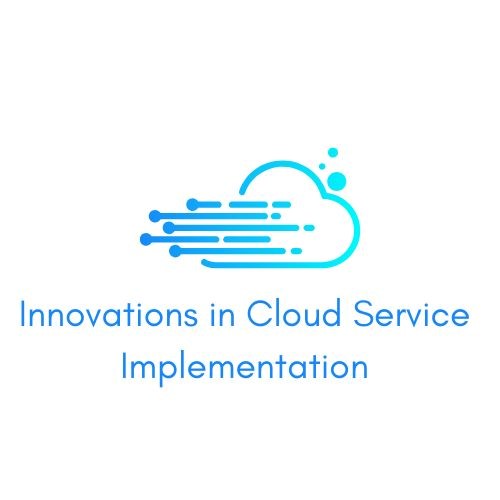With extensive experience in cloud technologies and service implementation, Deepa Madhavan has been at the forefront of analyzing and advancing cloud computing strategies. This article highlights her insights into the evolving landscape of cloud services.
The Power of Cloud Services: Shaping the Future of IT
Cloud computing has become a pivotal force in redefining how businesses manage their IT infrastructures. The transition from traditional data centers to cloud-based solutions has brought scalability, flexibility, and efficiency to the forefront. This significant shift is driven by major cloud service providers who have developed robust platforms with unique capabilities.
Understanding the Core Offerings
Each leading cloud provider brings a specialized approach to their services:
- Comprehensive Solutions: Providers such as AWS lead with extensive service offerings like scalable computing and object storage.
- Seamless Integration: Other platforms offer strong ties with their existing ecosystem, enhancing enterprise productivity.
- Data-Driven Analytics: Solutions that prioritize analytics and machine learning, empowering organizations with real-time insights.
By understanding these unique strengths, organizations can better align their strategic objectives with the right cloud solutions.
Architecting for Resilience and Scalability
A well-crafted cloud architecture is critical for maintaining service continuity and scaling as needed. Key principles in building robust cloud solutions include:
- Automation and Modularity: Infrastructure as code (IaC) and loosely coupled components enhance consistency and scalability.
- Elastic and Resilient Designs: Architecting systems that dynamically adjust to demand while ensuring failover capabilities is essential for reliability.
These strategies not only support operational agility but also reduce potential downtimes, a crucial consideration for enterprises with high availability needs.
Prioritizing Security in Cloud Environments
Security continues to be a major focus as organizations transition to cloud-based systems. Implementing strong identity and access management, multi-factor authentication, and the principle of least privilege are foundational practices that mitigate risks. Additionally, encryption protocols for data at rest and in transit, alongside regular vulnerability assessments, play an essential role in maintaining a secure cloud environment.
Optimizing Cloud Performance and User Experience
Performance optimization techniques, such as the use of in-memory caching and Content Delivery Networks (CDNs), are vital for enhancing response times and ensuring a seamless user experience. Integrating dynamic content acceleration and database sharding strategies also contributes to efficient data management and faster query responses.
Effective Cost Management Strategies
The promise of cloud computing often hinges on its cost-effectiveness. However, without strategic cost management, expenses can quickly escalate. Organizations should leverage built-in tools from cloud providers to monitor spending and implement budget alerts. Techniques such as rightsizing resources, employing serverless computing, and automating scaling can help manage costs effectively. By periodically reviewing and adjusting resource allocations, businesses can prevent over-provisioning and make the most of their investments.
Building a Path for Successful Cloud Adoption
Adopting cloud solutions successfully requires a structured plan:
- Assessing Organizational Needs: Conduct a thorough analysis of current IT infrastructure and strategic objectives.
- Developing a Roadmap: Create a phased approach that prioritizes workloads, budgets, and governance frameworks.
- Migration Strategies: Choose between lift-and-shift, re-platforming, or re-architecting based on specific needs.
- Investing in Talent: Equip teams with necessary training and certifications to navigate the complexities of cloud technology.
By following these steps, organizations can ensure that their cloud journey is not only smooth but also yields long-term benefits.
Emerging Trends Influencing Cloud Technologies As cloud services evolve, certain trends are poised to reshape the landscape:
- Edge Computing: Processing data closer to the source for reduced latency, particularly beneficial for IoT applications and real-time analytics.
- Serverless Architectures: Enabling developers to focus solely on code without worrying about infrastructure, leading to more efficient application development.
- Integrated AI and ML: Advancing capabilities for automated decision-making and tailored user experiences.
These trends are expected to continue driving innovation, ensuring that cloud solutions remain integral to business strategies.
In conclusion, the strategic implementation of cloud services is crucial for leveraging their full potential. Deepa Madhavan’s insights underscore the importance of robust architecture, security measures, and cost management to optimize cloud adoption. By staying informed and adaptable, organizations can harness the transformative power of the cloud and maintain a competitive edge in the digital age.

